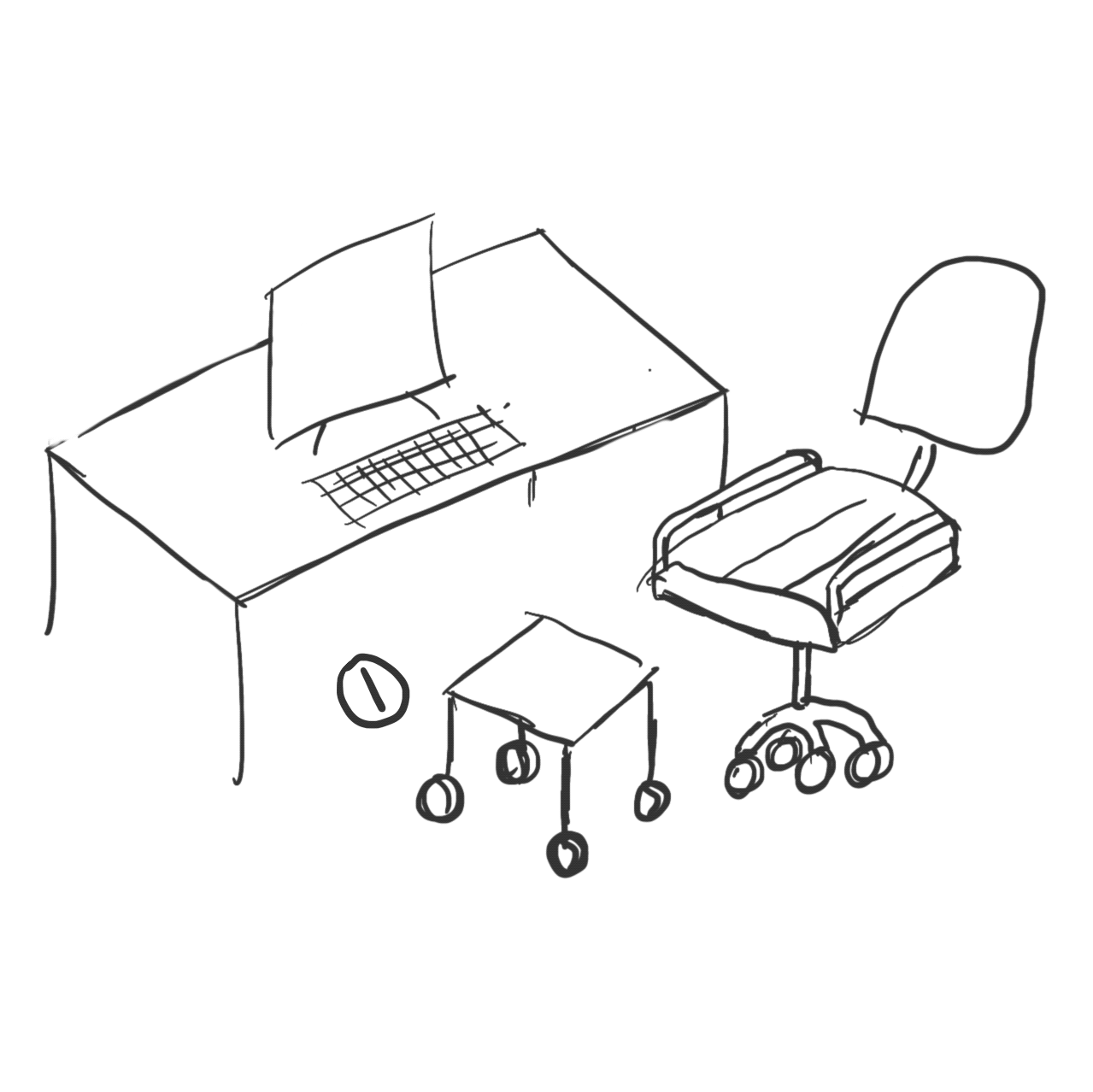
Team Avi
Challenge America: Makers for Veterans
PROJECT
Our team built a footrest for Avi, a paraplegic veteran, to help increase ciruclation in his legs and prevent leg spasms.
Makers for Veterans is a volunteer design challenge hosted by the non-profit, Challenge America. Engineers and designers team up to create a product for a wounded veteran.
The first 6 weeks of the event are spent ideating our idea on paper. After 6 weeks, the team joins up in person for a weekend make-a-thon. We spend the weekend rapidly prototyping and testing our idea.
This project ended up being a failure because we didn't truly understand Avi's needs. It was an eye-opening moment for me and helped me realize why I wanted to become a human-centered designer.
DURATION
6 weeks
October 2019 - November 2019
ROLE
Design Engineer
TEAM
4 design engineers
1 physical therapist
KEY SKILLS
Design Research
Design Engineering
Physical Prototyping
The Problem
Because Avi is a paraplegic, he uses a wheelchair. However, he's always on the move! He is the Director-General of the Israeli Veterans Association and competed on the Paralympics basketball team.
While at work, he needs to lift his legs a few times a day to circulate blood flow and prevent leg spasms.

Research
At home, Avi uses a chair to prop his legs up. However, he wants a portable stool that he can use in his office.
Avi mentioned he cannot put his legs on a footrest if his desk was in the way. Therefore, he wants to be able to put his legs up when the rest is not under the table (Position 1). And then keep his legs on the rest as he moves the rest under the table (Position 2).

INITIAL REQUIREMENTS
MUST ATTACH TO WHEELCHAIR
But it can't be permanently attached because Avi doesn't want the footrest to roll with him everywhere.
PORTABLE
Not too bulky and easy to transport to other places.
PROVIDES CALF AND KNEE SUPPORT
A requirement dictated by our physical therapist teammate in order to prevent knee hyperextension.
MARKET RESEARCH
We examined different types of footrests in the market and assessed their pros and cons:
Not bulky
Non-permanent attachment
Supports calves and knees
Rollable
Can be easily placed under desk

1

2

3

4

5
Footrest #3 matched our design constraints best.
We purchased this footrest to get Avi's feedback.
There were also elements of Footrest #2 that we ended up bringing into the final design.
Insights
AVI'S FEEDBACK
Footrest #3 was a little low. He also had difficulty bending forward to unfold it.


Prototypes
ITERATIONS
We spent the rest day of day 1 and 2 building a prototype that was taller than Footrest #3.



User Testing
USER TESTING
We asked Avi about the prototype.
Is he able to fold it?
Not easily. We need to incorporate a feature so he can easily fold and unfold the footrest.
Is it the right height?
Yes.
Are his legs heavy enough so that their weight will move the footrest if he turns his wheelchair?
No, they aren't. We'll need to add some mechanism to attach it to his wheelchair.

Final Solution
Handle that collapses and expands footrest when lifted and lowered.

Cushion to support calves and knees
Straps to attach to wheelchair so footrest moves with Avi
FINAL FEEDBACK
Avi looked at it for a few minutes. Then he picked up the black cushion we made and plopped it on footrest #3.
Our final prototype was too large and bulky.
We thought footrest #3 wouldn't work because he couldn't bend down while folding it. But he simply picked it up, unfolded it, and dropped it back on the ground.

Reflections
WHAT WE COULD HAVE DONE BETTER
We only asked yes or no questions.
We asked, "Can you bend over and unfold the stool?" We should have asked him to play around with the stool as we observed.
We didn't consider Avi's emotions when he interacted with the prototype.
Avi did seem unhappy when we showed him the initial prototype. But because the dimensions were suitable for leg lifting, we moved forward. We needed to create a space where Avi felt comfortable speaking up, possibly by asking him what he didn't like about the prototype.